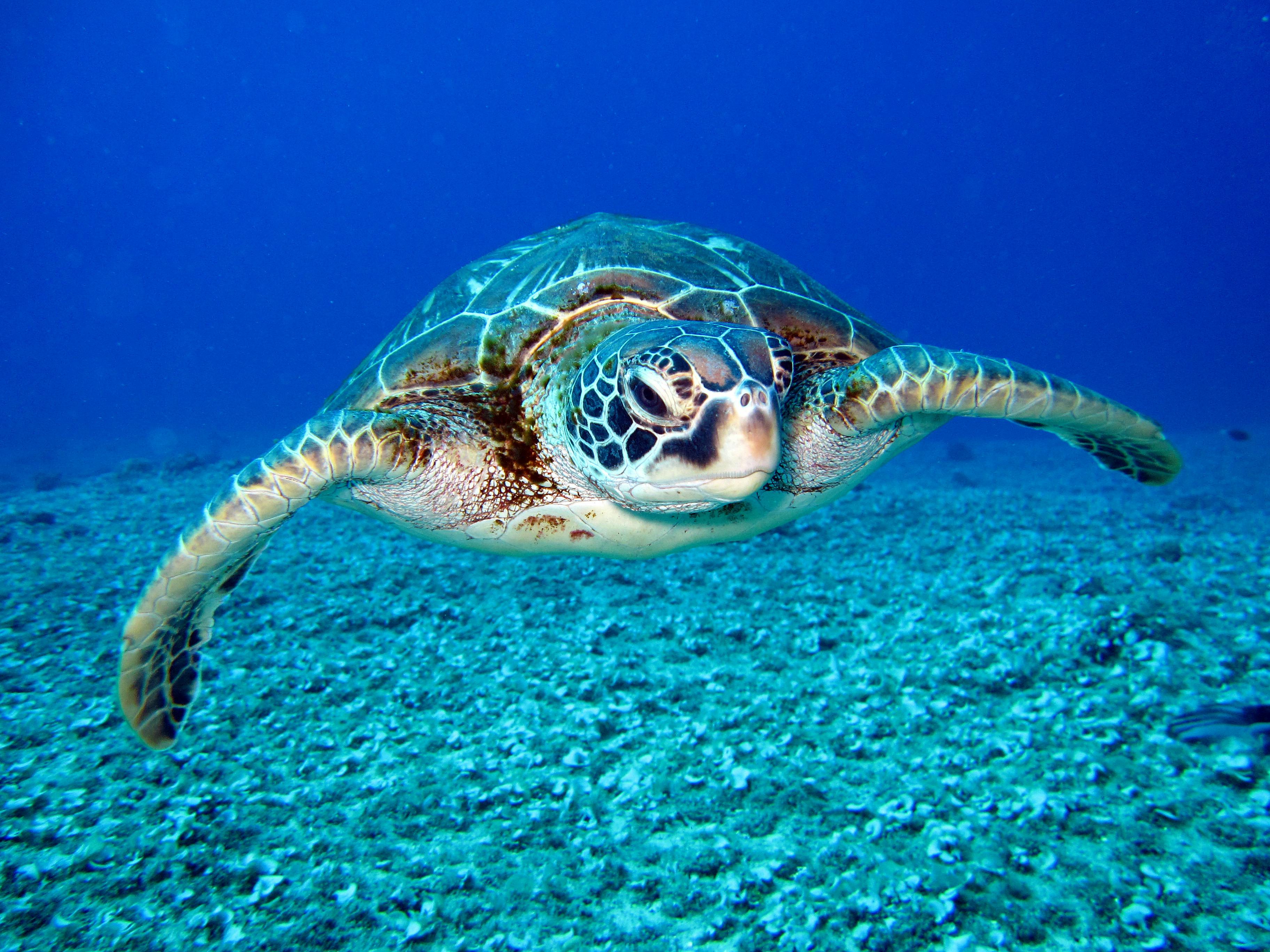"The Remarkable Journey of Sea Turtles: From Hatchlings to Ocean Navigators"
Introduction Embark on a fascinating journey as we delve into the intriguing lifecycle of sea turtles—from their perilous beginning as vulnerable hatchlings to their impressive navigation skills as mature adults. This article will take you through their detailed background, current conservation efforts, and the ecological impact of these majestic marine creatures.

From Egg to Hatchling: A Struggle for Survival
Sea turtles have been around for more than 110 million years, outliving the dinosaurs. They begin life as tiny eggs buried in the sand of a beach. The females return to the beaches where they were born, laying their eggs and leaving them to the mercy of nature. Not all eggs survive; they face threats from predators, weather conditions, and human interference. Those that hatch must make a dangerous trek to the sea, dodging various predators.
Navigating the Oceans: The Lost Years
After the hatchlings reach the sea, they enter a phase known as ‘the lost years.’ During this period, which can last from a few years to a decade, the young turtles drift with ocean currents, growing and maturing. They are rarely seen during this time, hence the term ‘lost years.’ The turtles eventually return to coastal waters, where they continue to mature and eventually reproduce.
Threats to Survival: Current Conservation Efforts
Despite their centuries-long existence, sea turtles are now under threat from various factors, including climate change, plastic pollution, and illegal poaching. In response, numerous global and local organizations are working tirelessly to protect these marine creatures. Efforts include beach clean-ups, educating the public about the importance of sea turtles, and enforcing laws against poaching.
The Ecological Role of Sea Turtles: Beyond the Sea
Sea turtles play a crucial role in marine ecosystems. They help maintain the health of seagrass beds and coral reefs, contributing to a diverse and balanced oceanic environment. Additionally, their eggs provide vital nutrients to beach ecosystems. Their decline could have significant ramifications for our oceans and the life within them.
The Economic Impact of Sea Turtle Conservation
Sea turtle conservation has an economic angle as well. Ecotourism, specifically turtle watching, has become a significant source of income for communities living near nesting sites. These activities, when managed responsibly, provide economic incentives for local communities to protect sea turtles and their habitats.
In conclusion, the lifecycle of sea turtles is a remarkable journey filled with danger and resilience. Their survival is not only crucial for the health of our oceans but also has significant socio-economic implications. By understanding their journey and the threats they face, we can better appreciate the importance of conserving these majestic creatures.





